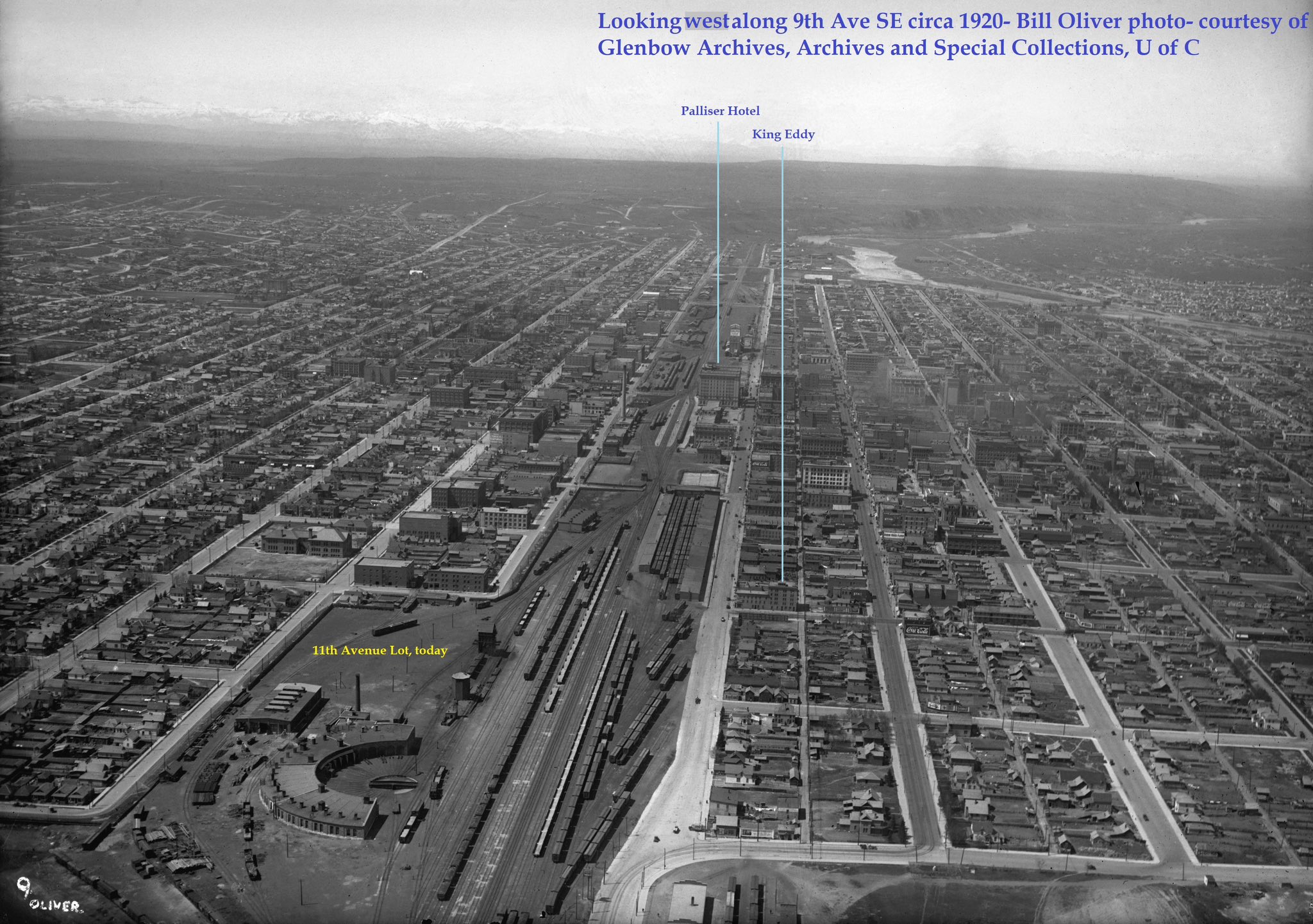It's always interesting to see photos from the 70's and 80's but these really old ones are gems.
A photo and map from the same year. 1898. The photo has the Elbow River in the forefront, and Fort Calgary in the mid-view. The carved looking path going up the hill in the background is Edmonton Trail.


This is a rough approximation of what the photo would look like today. Not as close to the River of course, but the same general direction.

A photo and map from the same year. 1898. The photo has the Elbow River in the forefront, and Fort Calgary in the mid-view. The carved looking path going up the hill in the background is Edmonton Trail.
This is a rough approximation of what the photo would look like today. Not as close to the River of course, but the same general direction.





